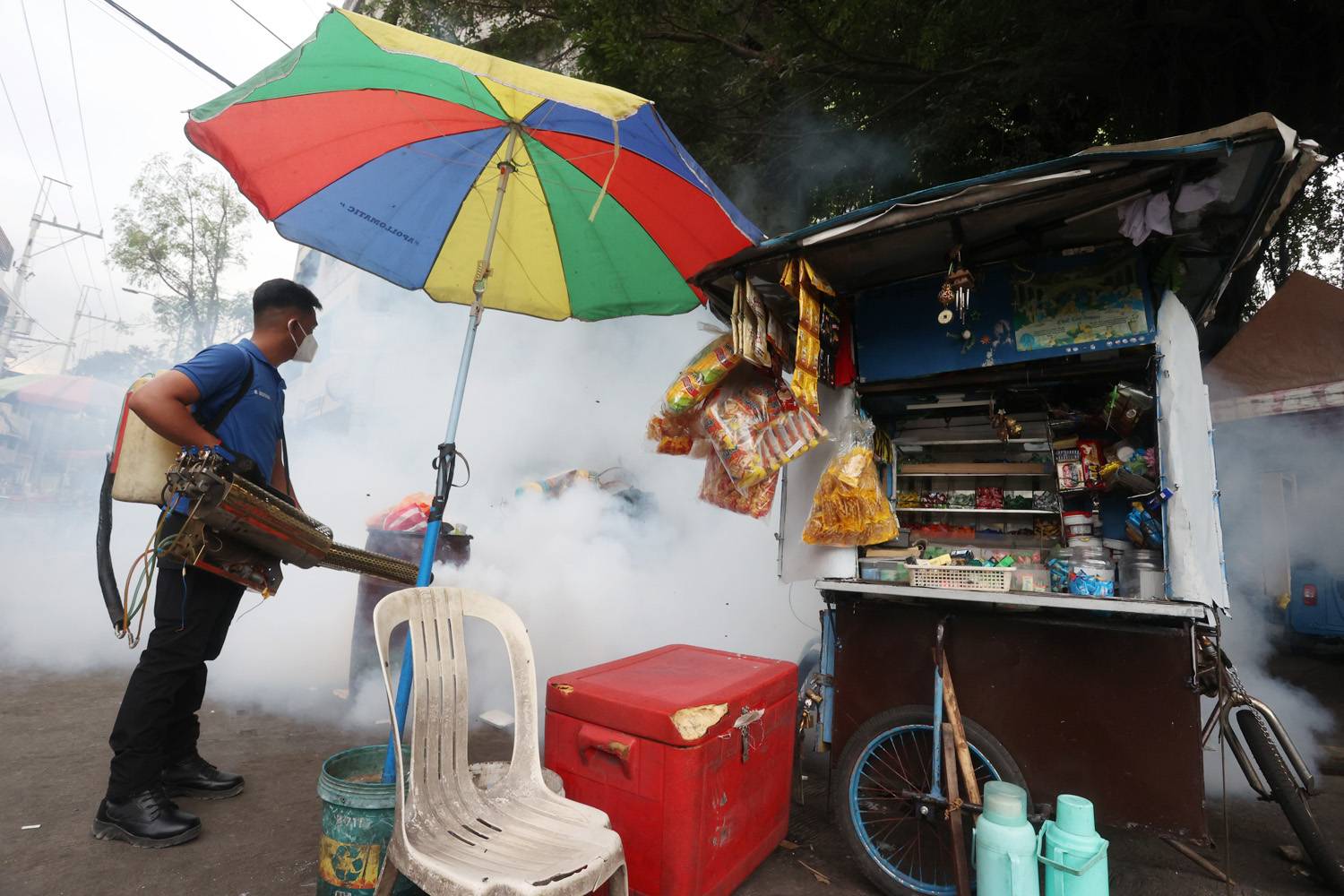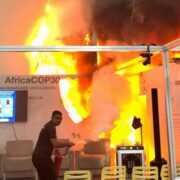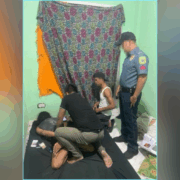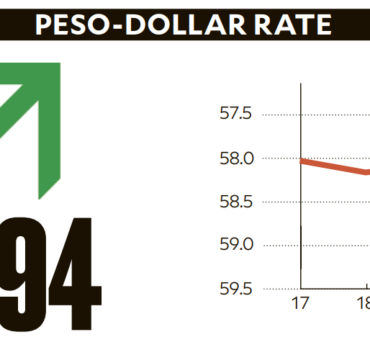DOH finds ‘dengue hot spots’ in 17 LGUs across 3 regions

- Calabarzon (9,113), Metro Manila (7,551), and Central Luzon (7,362) accounted for most of the country’s dengue cases, per DOH. The total number — 43,732 — is 56 percent higher than in the same period last year.
- But the DOH said the case fatality ratio (CFR) this year is lower at 0.38 percent compared to 0.42 percent in the same period last year.
- In Metro Manila, the QC government declared last Saturday a dengue outbreak with 1,769 cases recorded from Jan. 1 to Feb. 14. It earlier reported that eight out of 10 residents who died from the disease were minors.
The Department of Health (DOH) on Friday identified 17 local government units (LGUs) in three regions as “dengue hot spots” but left it to local chief executives whether to declare an outbreak in their respective localities.
The three regions that accounted for most of the dengue cases were: Calabarzon (9,113); Metro Manila (7,551); and Central Luzon, 7,362.
From Jan. 1 to Feb. 15, well ahead of the usual wet or rainy season in June, the DOH recorded 43,732 cases, or 56 percent higher than the 27,995 cases logged in the same period last year.
The department, however, said the case fatality ratio (CFR) this year is lower at 0.38 percent compared to 0.42 percent in the same period last year.
“Using World Health Organization (WHO) studies as reference, the Philippines’ nationwide Dengue CFR indicates timely diagnosis and appropriate management,” the department said in a statement.
It also pointed to a slowdown over the past four weeks, citing a 5-percent decline in dengue cases from 15,904 for the period Jan. 5 to Jan. 18 to 15,134 for Jan. 19 to Feb. 15.
“This welcome change may be due to heightened public awareness and collective action following the recent calls to action. In focus would be the more frequent cleanup drives to search and destroy stagnant water mosquito breeding sites and misting or fogging in hot spot areas with high mosquito vector load,” the DOH said.
Surge in NegOcc
In Negros Occidental, dengue cases have surged by 387.93 percent in just a month.
The province recorded 849 cases From Jan. 1 to Feb. 15, including six deaths, marking a sharp increase from the 174 cases reported in the same period last year.
Bago City had the most number of dengue cases at 186, followed by Kabankalan City, 66; San Carlos City, 61; La Carlota City, 56; Silay City, 44; Talisay City, 36; Cauayan, 36; Pulupandan, 35; Hinigaran, 28; and Isabela, 27.
The provincial health office said most cases were from the 11-20 age group.
Last year, the province reported 6,799 dengue cases and 22 deaths. The cases overwhelmed government and private hospitals and rural health units that additional beds and wards had to be set up.
In Metro Manila, the Quezon City government declared last Saturday a dengue outbreak with 1,769 cases recorded from Jan. 1 to Feb. 14. It earlier reported that eight out of 10 residents who died from the disease were minors.
Amid the spike in infections, the Philippine Health Insurance Corp. (PhilHealth) announced earlier this week that it had increased its hospitalization coverage for severe dengue cases by 193 percent
PhilHealth said it would now cover up to P47,000 for severe dengue cases, up from P16,000; and P19,500 for mild cases, an increase from P10,000.
‘Search and destroy’ ops
DOH spokesperson Albert Domingo said it would be “misleading” to state that dengue cases nationwide have surged by 56 percent since the department bases its findings on CFR.
“We report the CFR according to epidemiologic practices …. CFR is what counts, and not the absolute number. Using the absolute number of deaths without context of the total number of cases detected does not make epidemiologic sense,” Domingo explained.
The DOH reminded the public to seek early consultation once with any symptoms like high fever of 40 degrees Celsius or higher, headache, abdominal pain, nausea, vomiting, or rashes.
The DOH’s Centers for Health Development are also coordinating with LGUs to implement necessary preventive measures to combat the spread of dengue. Individual LGUs have also launched intensive vector control measures and cleanup drives to eliminate mosquito breeding sites.
DOH data show that younger age groups are the most affected, with most cases among the age groups of 10 to 14 years and 5 to 9 years.
The department will launch on Feb. 24 a nationwide “search and destroy” mosquito breeding sites kick-off event for dengue prevention and control. —WITH A REPORT FROM CARLA GOMEZ





















